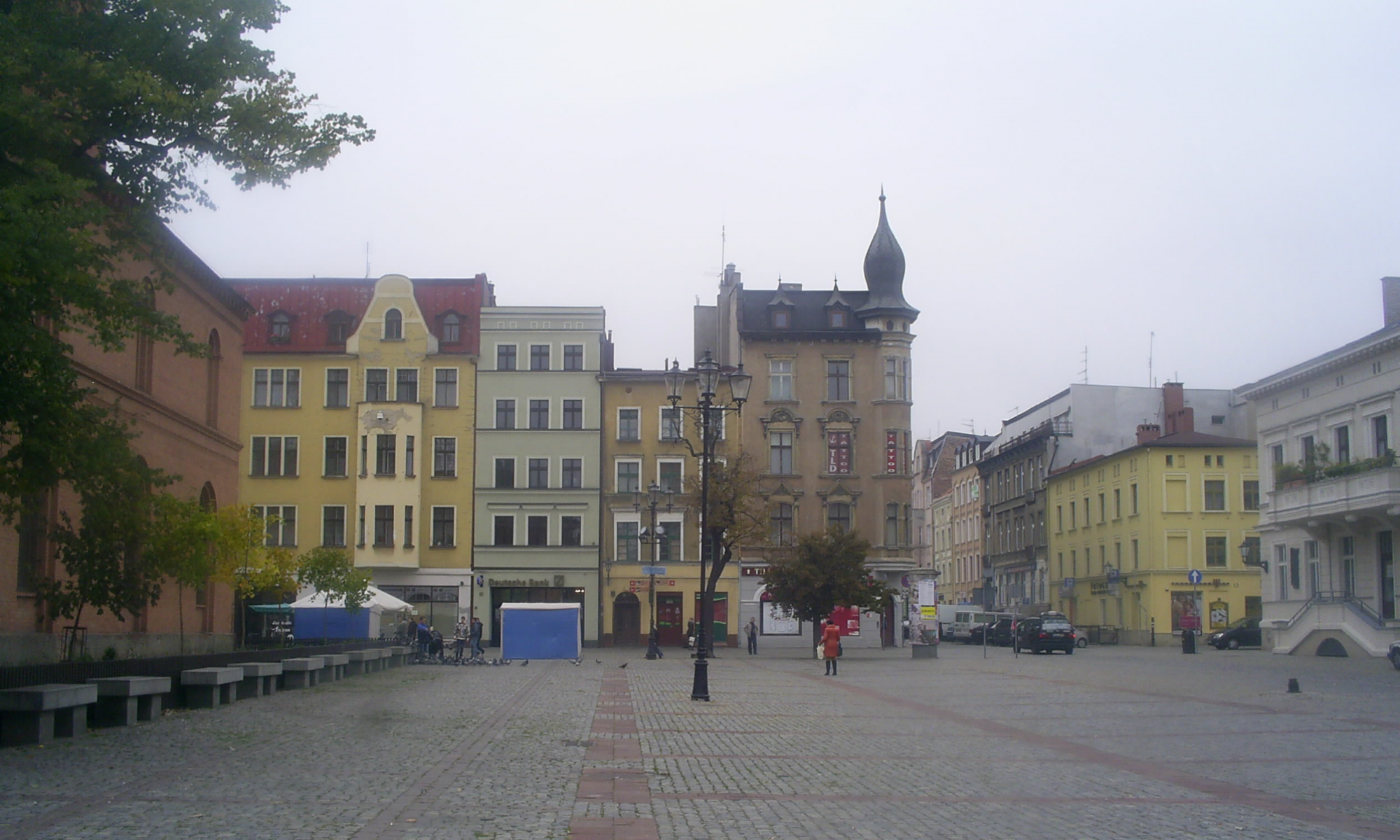This one day workshop aims to provide an introductory guide to the preparation and use of’ hot mixed’ lime mortars, that is, mortars prepared by slaking quicklime, sand and natural hydraulic lime binders (and possibly other additives like tallow or pozzolans) to more closely mimic the appearance and technical performance of conservation mortars and in some cases offer advantages in use and technical performance over more conventional ‘cold mortars’. More and more clients and specifiers are asking building contractors to make and use ‘hot mixed’ mortars on their repair jobs, so get ahead of the game and brush up your knowledge and skills with us.
‘Hot mixed’ mortars have a long history of use in the UK, with evidence visible throughout the nation on traditional buildings and structures. Since the lime revival of the mid 1990s however, the preparation and use of conservation mortars has been largely dominated by lime putty bound mortars or ‘cold’ mortars based on natural hydraulic limes (NHLs). Whilst all these mortar types have their place, a renewed interest in the production of what are perceived to be more authentic mortar preparations using quicklime and sand has been growing and this workshop aims to take the building contractor through the process of making and using ‘hot mixed’ mortars safely, constituents to be used, preparation of mortars, correct mixing equipment and critically at which point these mortars should be used for particular applications.
By the end of the course, attendees will be able to recognise traditionally made ‘hot mixed’ mortars in historic structures and buildings and be able to develop the skills to produce and successfully cure ‘hot mixed’ mortars in relation to authenticity, performance, exposure, season, substrate and nature of the masonry repairs required.
The course will take place on 24 April and 19 May, 2018, in Charlestown Workshops, Fife. For more information, see here.
